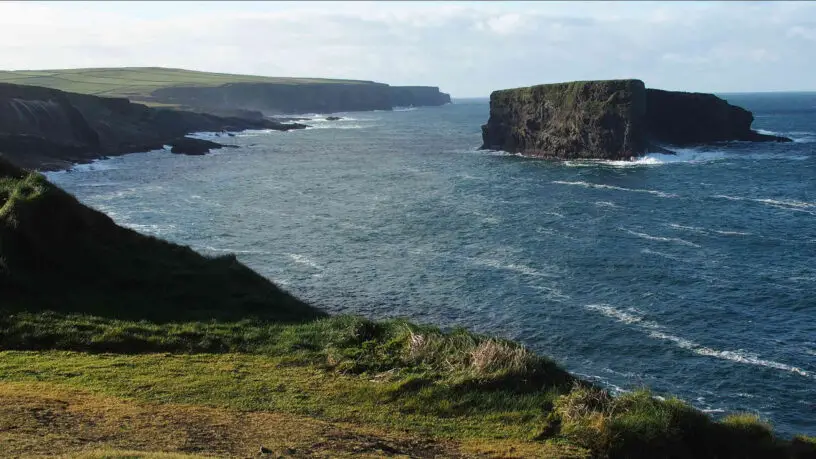Back in 1982, when production was starting up on David Lynch’s Dune—this would become the first completed movie based on Frank Herbert’s Dune novel—its producers quickly realized that filming would require both a large studio and real desert location(s). Various combinations of countries were considered: England and Spain, England and India, Italy on its own, then Italy and Tunisia.
Finally Mexico was selected, with Churubusco Studios providing eight sound stages and access to the Samalayuca desert—situated just two hours away.
Las Aguilas Rojas (“The Red Eagles”), outside of Mexico City was used to provide some exterior rock locations for Arrakis. It had been used as a trash pile by the locals, so people were sent to remove all sorts of rubbish, leading to its nickname among the crew as “The Dead Dog Dump”.
Within Mexico City, the car park and stairs at Estadio Azteca Stadium also provided several strategic backdrops. These areas would be photographed using a camera from over 100 meters away, through a hanging miniature created by Emilio Ruiz del Río, for an in-camera effect requiring no additional effects work.
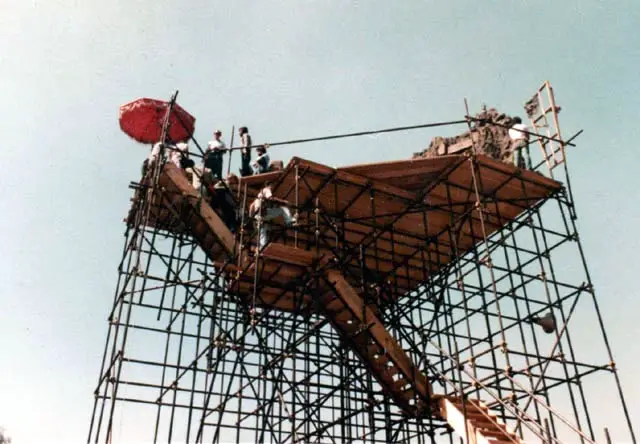
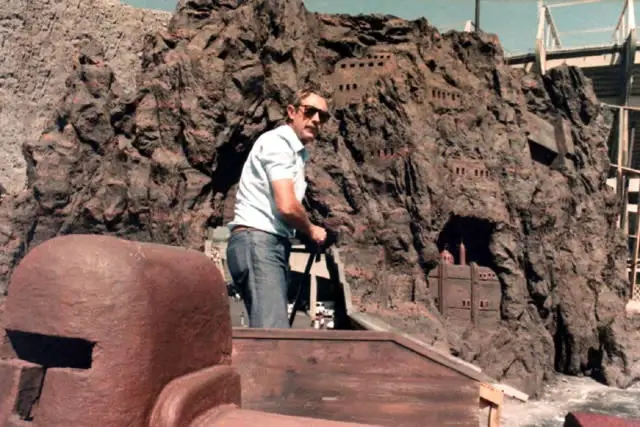
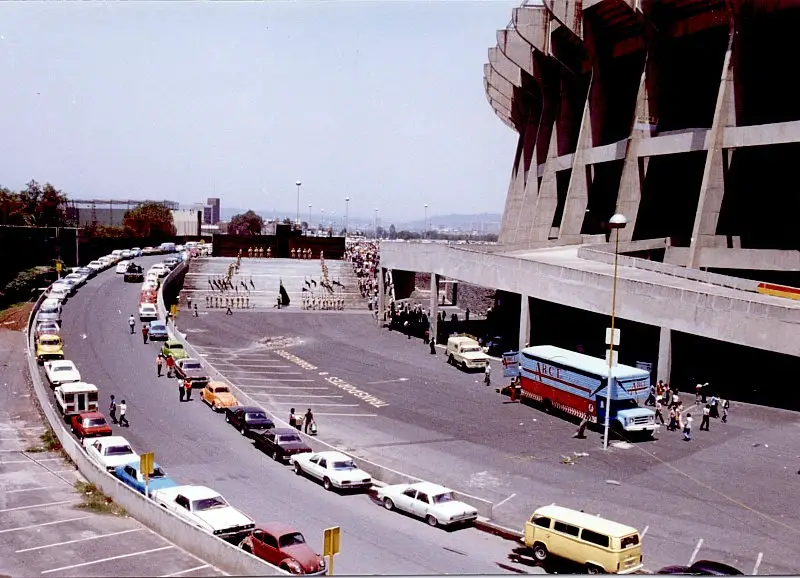
Even special effects were filmed in Mexico, when Raffaella De Laurentiis wanted more control over the visuals and costs.
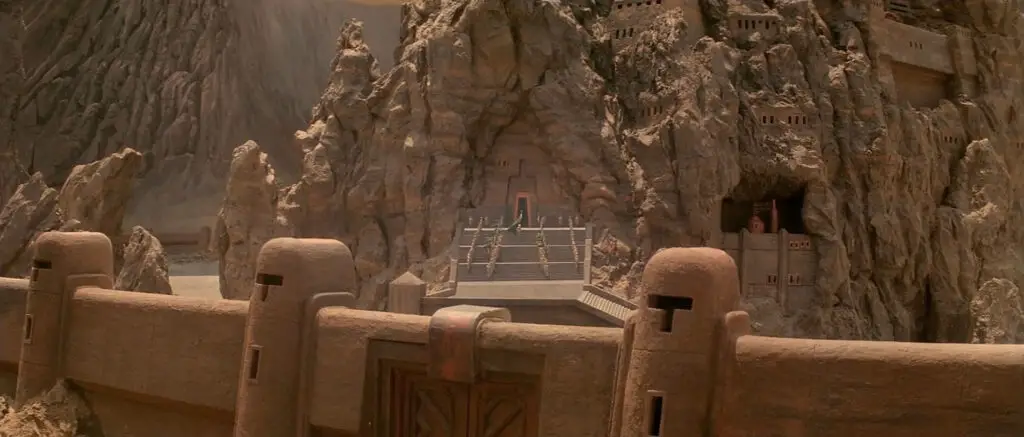
Some of the only footage that wasn’t from Mexico were the brief shots of the Caladan coast line. In my Dune collection I have some original Apogee SFX production notes. These detail the cost breakdowns for a three-day shoot and then later a four-day re-shoot in Oregon, United States. I’d previously believed that the Caladan shots had been filmed somewhere in that area.
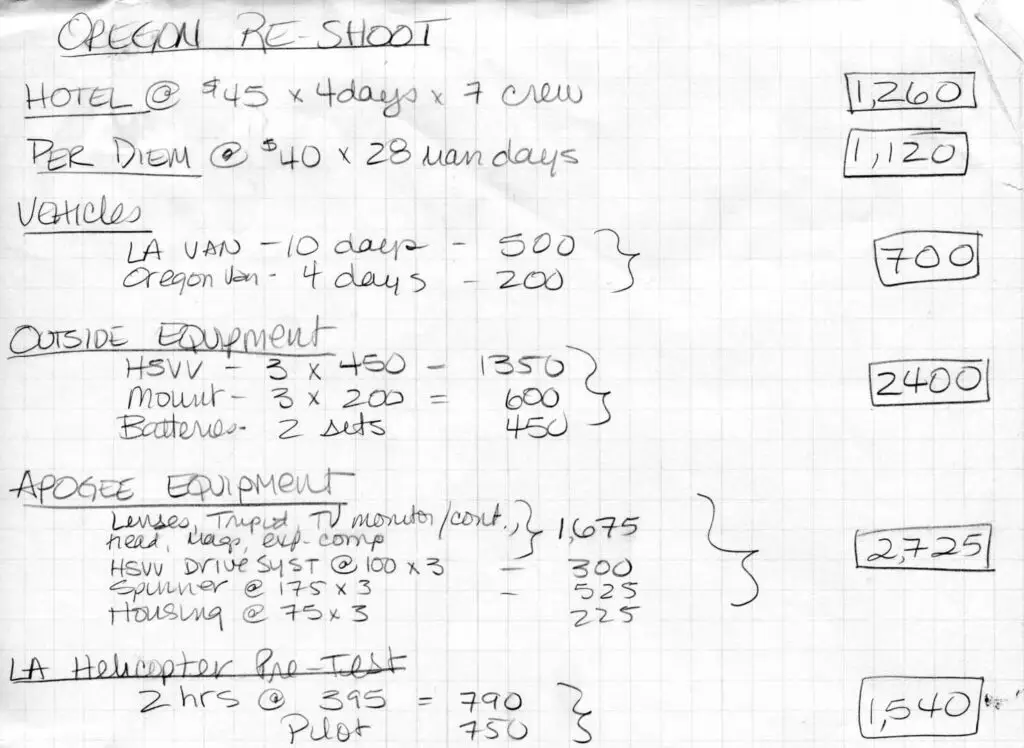
So I was surprised to receive a message, from Dune fan Seamus Mulconry on Twitter, asking why the coast near Dunlickey Castle in Ireland, had been used for Caladan. Based on the information he had provided regarding the location, I was able to use Google Images to quickly find a photograph of the coast—one that matched those distinctive rocks seen in the movie.

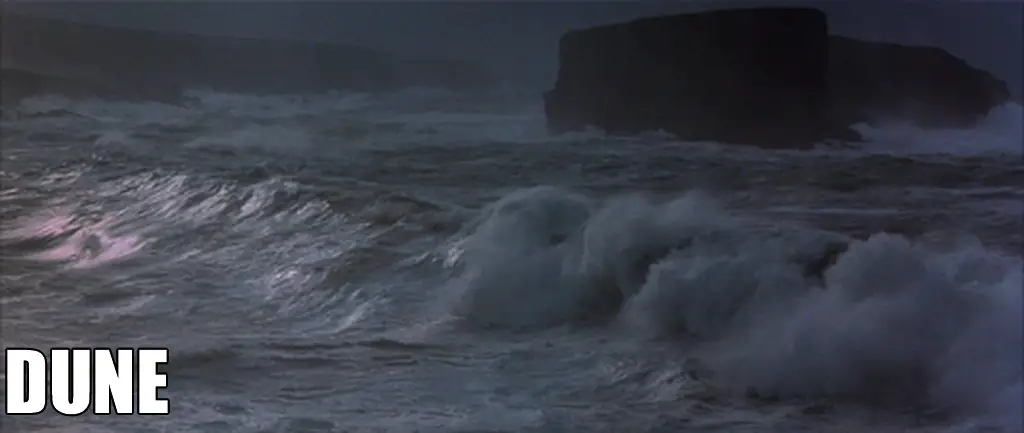
But with one mystery solved another one appeared – why Ireland? It seemed unlikely that Dino de Laurentiis would have paid for a film crew to go to Ireland just to get a few seconds worth of coastal footage.
Instead, I suspected that the Dune production had reused footage from another production. This happens from time to time, with a famous example being Ridley Scott’s use of outtakes filmed in Glacier National Park, Montana, United States. Shots from the beginning of Stanley Kubrick’s The Shining are used the end of the original theatrical cut of Blade Runner.
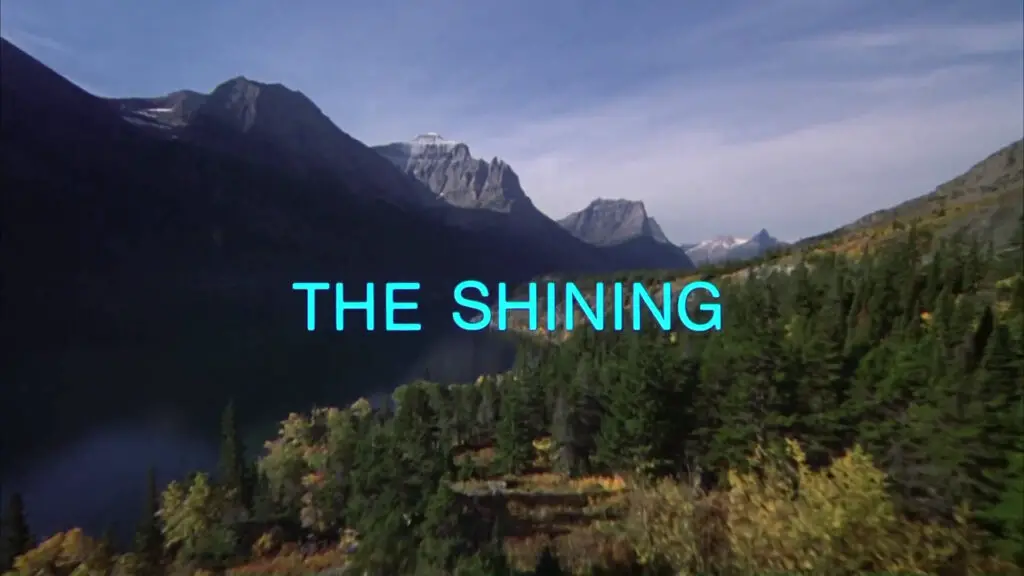
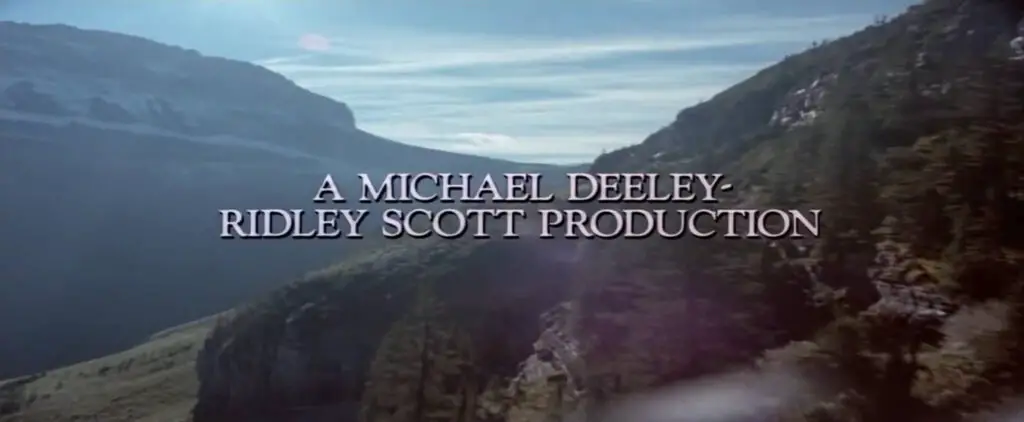
I reached out to some fellow Dune fans and people involved in the Lynch movie to see if they could shed any light on the issue. Writer and Dune historian Paul M. Sammon quickly came to the rescue, confirming that the footage was indeed from another movie: David Lean’s Ryan’s Daughter (1970), from its famous storm sequence, directed by second unit director Roy Stevens.

I relayed the information to Seamus and he recalled the filming of that movie:
The film crew waited for months for a storm in my home town Kilkee over the calmest winter we ever had, but when the storm came it was epic.
Oddly enough, this isn’t the only connection that David Lean has with Dune. In August 1972, just days after securing the movie rights for Dune, producer Arthur P. Jacobs sent a letter to the agency representing David Lean asking if he would be interested in directing the planned production. Lean ultimately seemed to have passed on this project—which never actually made it to production stage—with Charles Jarrott being considered as a director by November that year.


